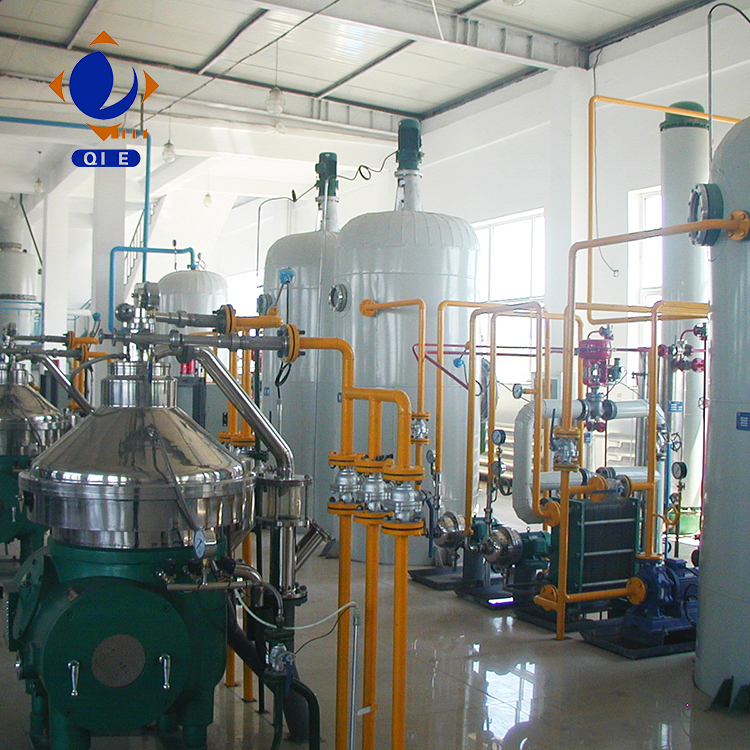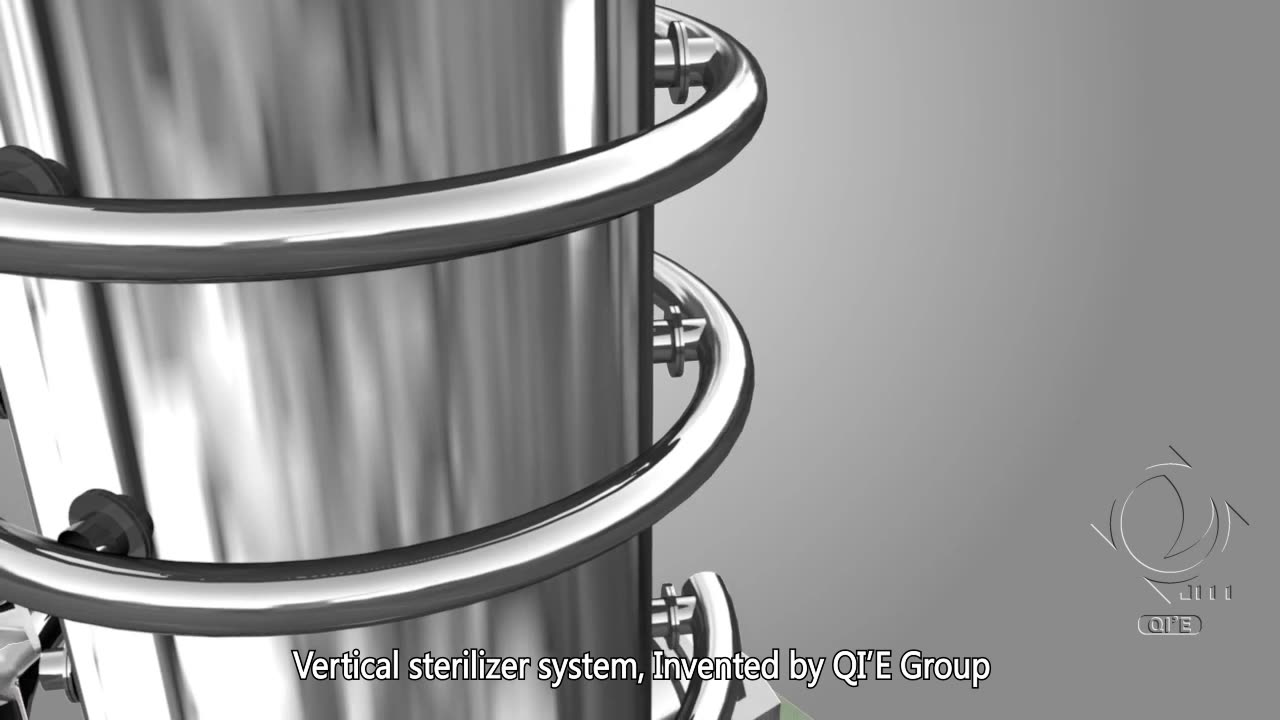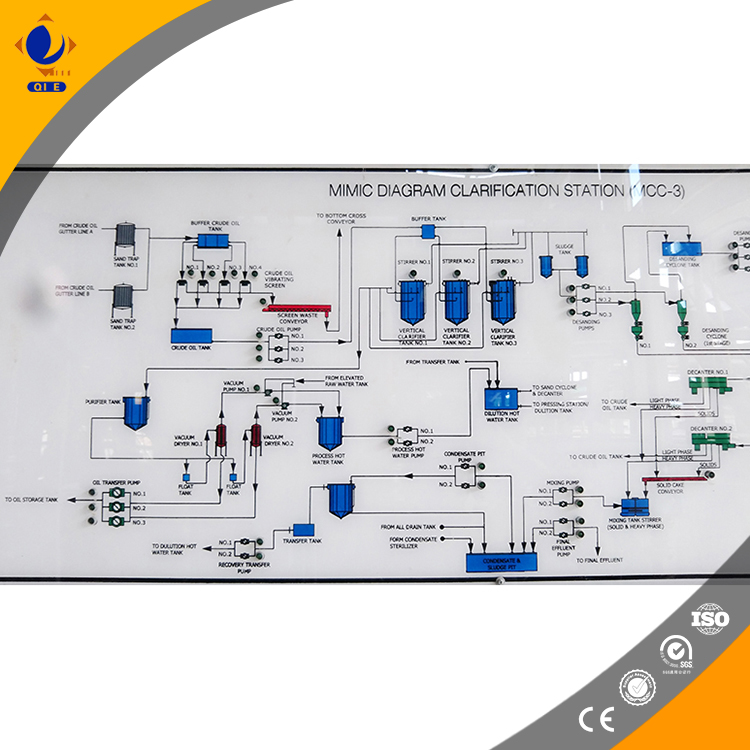
In the global vegetable oil industry, meeting international food safety standards and enhancing oil quality are paramount for export - oriented enterprises. This article delves into the modern continuous vegetable oil refining line, focusing on its key processes, innovative advantages, and practical maintenance tips.
The vegetable oil refining process consists of four critical units: degumming, deacidification, decolorization, and deodorization. Each unit plays a vital role in removing impurities such as phospholipids, free fatty acids, pigments, and odor - causing substances. For instance, degumming can reduce the phospholipid content from about 500 - 1000 ppm in crude oil to less than 10 ppm in refined oil, significantly improving the oil's stability.

The degumming process uses water or acid to separate phospholipids from the oil. Deacidification can be achieved through physical or chemical methods, effectively reducing the free fatty acid content. Decolorization employs adsorption materials to remove pigments, and deodorization uses high - temperature and vacuum conditions to eliminate odor - causing substances.
Modern continuous refining lines offer several innovative advantages. Precise temperature control is crucial. For example, during deodorization, maintaining a temperature between 220 - 240°C can effectively remove odor - causing substances without degrading the oil's quality. Vacuum environment management also plays a key role. A vacuum level of 2 - 4 mbar can enhance the efficiency of impurity removal.
The selection of adsorption materials is another innovation. Different materials have different adsorption capacities for various impurities. By matching the right adsorption material with the specific refining process, the refining efficiency can be significantly improved. A study shows that using activated clay in decolorization can reduce the oil's color value by up to 80%.

Different combinations of the four refining processes have a significant impact on oil quality. By comparing real - factory operation data, we can see that a well - optimized process combination can improve the oil's color, smoke point, and oxidation stability. For example, an optimized process can increase the smoke point of the oil from 180°C to over 210°C, making it more suitable for high - temperature cooking.
| Process Combination | Color Value | Smoke Point (°C) | Oxidation Stability (hours) |
|---|---|---|---|
| Combination A | 10 | 200 | 15 |
| Combination B | 8 | 210 | 20 |
Regular maintenance is essential for the efficient and safe operation of the refining line. For filter cloth replacement, it is recommended to replace the filter cloth every 100 - 150 operating hours to ensure the filtration efficiency. Sealing detection should be carried out at least once a week to prevent leakage and maintain the vacuum environment.

A customer feedback quote: "Since we adopted the modern continuous refining line and followed the maintenance guidelines, our oil quality has been significantly improved, and the operation cost has been reduced."
In conclusion, the modern continuous vegetable oil refining line, with its innovative technologies and effective maintenance strategies, can help export - oriented enterprises meet international standards, enhance oil quality, and reduce operation and maintenance risks. If you are interested in upgrading your vegetable oil refining process, click here to learn more.



